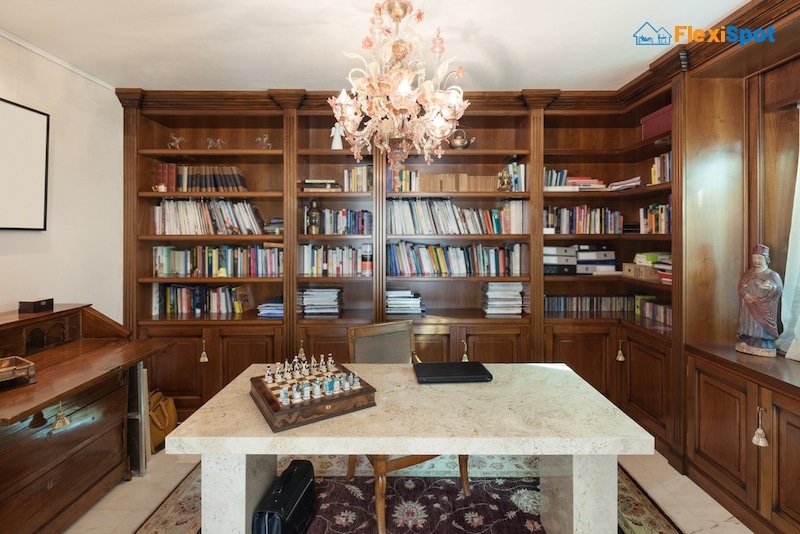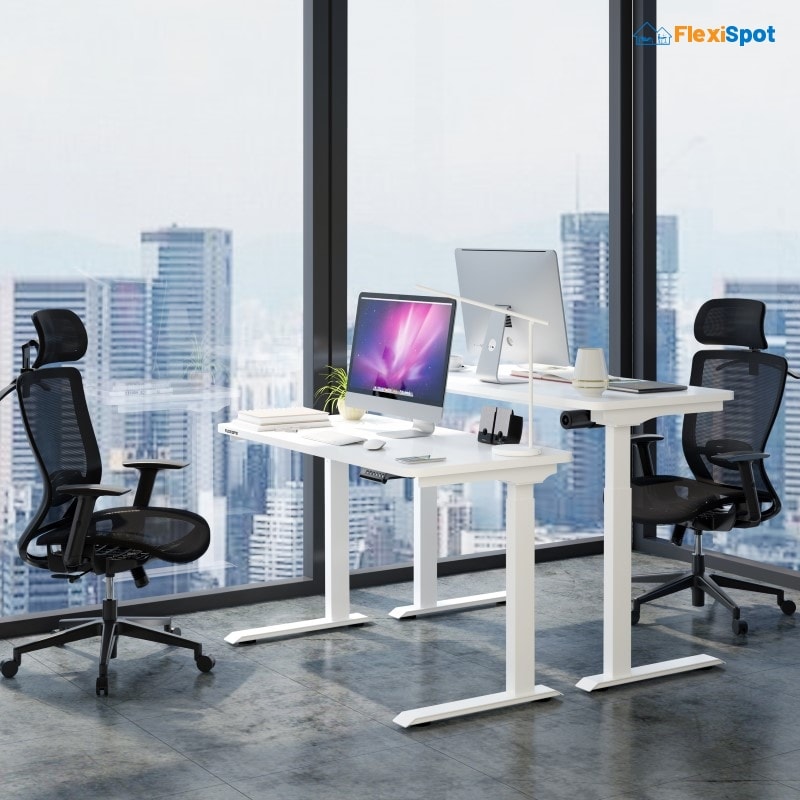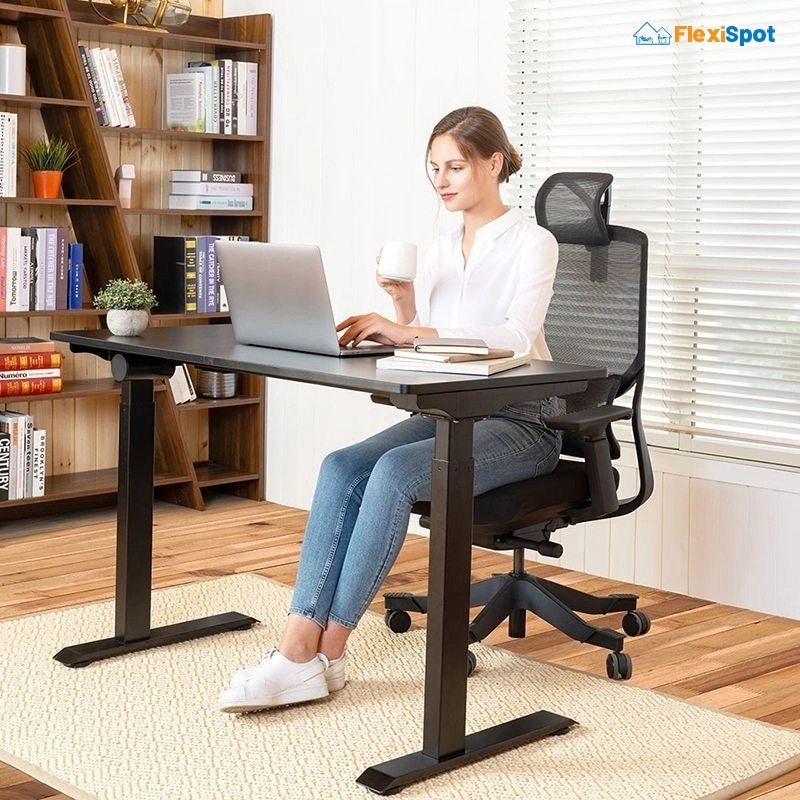It is a common debate among people who are looking to buy new furniture: should they go for traditional furniture or adjustable furniture? Both have their pros and cons, and it can be hard to decide which one is right for you. Each comes with unique designs and each servers specific functions. In this article today, we will take a look at both options and help you decide which one is better for your needs.
What is Traditional Furniture?
Traditional furniture is a style of furniture that is typically characterized by its use of natural materials, simple lines and shapes, and a focus on function over form. This type of furniture has been around for centuries, and it continues to be popular today. While the exact definition of traditional furniture can vary depending on who you ask, there are some common features that are typically associated with this style. They include the following:
Solid wood construction - Traditional furniture is typically made from solid hardwoods like maple, oak, or cherry. This type of construction is very durable and results in furniture that can last for generations.
Classic styling - Traditional furniture features clean lines and simple, elegant designs. These pieces are often timeless and can work well in both traditional and more modern settings.
Quality craftsmanship - Traditional furniture is usually handcrafted by skilled artisans using high-quality materials. This attention to detail results in furniture that is built to last.
Heirloom quality - Because of their durability and classic styling, many pieces of traditional furniture are passed down from generation to generation as family heirlooms.
Built to last - The high-quality materials and craftsmanship of traditional furniture results in pieces that can withstand years of use. With proper care, these pieces can last a lifetime.
Timeless style - Traditional furniture features classic designs that never go out of style. These pieces can easily be incorporated into any type of décor, making them a versatile addition to any home.
Increased value - Because traditional furniture is built to last, it often increases in value over time. This makes it a wise investment for those looking to add to their collection.
Superior comfort - The construction and materials used in traditional furniture results in pieces that are extremely comfortable to sit or recline on. This makes them ideal for use in living rooms and other areas where people gather to relax.
Drawbacks of Traditional Furniture
1. Limited lifespan: Traditional furniture is often made from materials that are not built to last. Over time, these pieces can break down and fall apart, leaving you with a costly repair bill or the need to replace the piece entirely.
2. High maintenance: Much of traditional furniture requires regular upkeep in order to keep it looking its best. This can be anything from polishing wood furniture to vacuuming up fabric-covered pieces. Depending on the material and style of your furniture, this maintenance can be quite time-consuming – and expensive if you need to hire someone to do it for you.
3. Can be difficult to move: Whether you’re moving to a new home or just rearranging your existing space, traditional furniture can be difficult – and dangerous – to move. Many pieces are bulky and unwieldy, meaning you’re more likely to injure yourself (or someone else) in the process.
4. Not always comfortable: While some traditional furniture is designed with comfort in mind, much of it is not. If you’re looking for a piece that you can truly relax in, you may be better off exploring other options.
5. May not fit your style: Over time, your taste in furniture may change. But if you have traditional pieces that are well-made and built to last, getting rid of them can be difficult (and expensive). As a result, you may be stuck with furniture that no longer fits your style – and that you no longer enjoy looking at.
What is Adjustable Furniture?
Adjustable furniture is a type of furniture that can be adjusted to suit the needs of the user. This type of furniture is often used in offices and homes to provide a comfortable working or living environment. Adjustable furniture can be used to adjust the height of a desk, the width of a chair, or the depth of a shelf. This type of furniture is also often used to improve the ergonomics of a workspace. Adjustable furniture can be bought from many different retailers, and can be custom-made to suit the needs of the user.
Some common features of adjustable furniture include the following:
Ergonomic design – Adjustable furniture is designed to be comfortable and ergonomic, promoting good posture and preventing pain.
Height adjustment – Many pieces of adjustable furniture have height-adjustment capabilities, so that they can be used by people of different heights.
Width adjustment – Some adjustable furniture can also be adjusted in width, to accommodate people of different body sizes.
Angle adjustment – Many types of adjustable furniture allow for the angle of the seat or backrest to be adjusted, for greater comfort.
Lumbar support – Many adjustable chairs and other pieces of furniture include lumbar support, to help prevent back pain.
Armrests – Many adjustable chairs and other pieces of furniture include armrests, for added comfort and support.
Casters – Many types of adjustable furniture have casters, so that they can be easily moved around.
Storage – Some types of adjustable furniture have storage capabilities, so that you can keep items close at hand but out of the way.
Drawbacks of Adjustable Furniture
Adjustable furniture may seem like a great idea at first, but there are several drawbacks that you should be aware of before making a purchase.
One of the biggest problems with adjustable furniture is that it can be very unstable. If you have ever tried to adjust a piece of furniture that is not meant to be adjusted, you know how frustrating it can be. The same is true for adjustable furniture. It can be difficult to get the pieces to line up correctly and stay in place. This can result in wobbling and instability, which can be dangerous.
Another issue with adjustable furniture is that it is often more expensive than non-adjustable furniture. This is because it requires special materials and hardware to be able to adjust properly. In addition, it takes more time to assemble adjustable furniture than it does to assemble non-adjustable furniture.
Finally, adjustable furniture can be difficult to move around. If you need to rearrange your furniture frequently, it can be a real pain to have to adjust all of the pieces every time. This can be especially true if you have a lot of different pieces of adjustable furniture.
Overall, adjustable furniture has its advantages and disadvantages. It is important to weigh the pros and cons before making a purchase. Adjustable furniture can be unstable, expensive, and difficult to move around, but it can also be a great way to save space in your home.
So which is Better? Traditional Furniture or Adjustable Furniture?
There are a few key considerations to keep in mind when making this decision. The first is the intended use of the furniture. If the furniture will be used for everyday tasks such as sitting at a desk to work or study, then adjustable furniture may be the better option. This is because adjustable furniture can be customized to fit each individual person's body, providing them with greater comfort and support. Additionally, if the person using the furniture has any physical limitations or injuries, adjustable furniture can be adjusted to accommodate their needs.
On the other hand, traditional furniture may be a better option if the primary purpose of the furniture is for decoration or display. This is because traditional furniture is generally more aesthetically pleasing than adjustable furniture and often comes in a wider variety of styles and designs. Additionally, traditional furniture is typically more affordable than adjustable furniture.
Finally, it is important to consider the space available in the room where the furniture will be placed. Adjustable furniture can take up more space than traditional furniture because of its many moving parts. Therefore, if space is limited, traditional furniture may be the better option.
Conclusion
In conclusion, there are a few key factors to consider when deciding between traditional and adjustable furniture. The primary use of the furniture, the physical limitations or injuries of the person using it, and the available space in the room should all be taken into account before making a decision. However, both types of furniture have their own advantages and disadvantages that should be considered before making a final decision.




